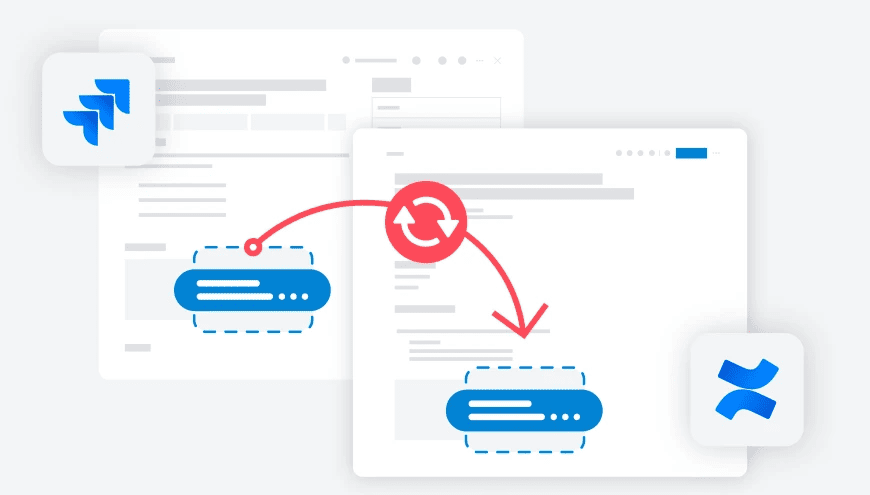Best Practices for optimizing the Incident Management Process for Project Managers when using JSM, Jira and Confluence
3 min read

When navigating the complexities of incident management, leveraging the integrated capabilities of Jira Service Management (JSM), Jira, and Confluence can transform challenges into opportunities for improvement and efficiency. These tools, when used in harmony, create a robust framework for managing incidents that reflect the reality of today’s fast-paced project environments. Here’s how to tailor best practices to make the most of JSM, Jira and Confluence.
1. Leverage JSM for Proactive Incident Prevention
Before incidents arise, use JSM to set up a preventive maintenance schedule and automate regular checks. Its advanced monitoring capabilities can alert you to potential issues, allowing for preemptive action. Incorporating a knowledge base with Confluence can also help in educating your team and users on avoiding common pitfalls.
2. Streamline Identification with JSM Alerts
Utilize JSM’s alerting system to ensure swift incident identification. Configure it to send notifications through various channels, ensuring that critical information reaches the right people without delay. The goal is to create a seamless flow of information that aids in quick response times.
3. Efficient Logging Practices in Jira
When logging an incident in Jira, ensure that all relevant information is captured succinctly. Use custom fields and issue types to categorize incidents accurately, making it easier for teams to understand the scope and scale at a glance. This streamlined approach to logging helps in initiating a swift response.
4. Prioritize and Categorize with Precision
Employ Jira’s capabilities to categorize and prioritize incidents based on predefined criteria such as impact and urgency. This enables your team to address the most critical issues first, optimizing resource allocation and ensuring that efforts are focused where they are needed most.
5. Conduct Thorough Diagnosis with Confluence Integration
For comprehensive incident analysis, integrate Jira with Confluence to document and share findings across teams. This collaboration can lead to a deeper understanding of the incident’s root cause, fostering a culture of shared knowledge and collective problem-solving.
If you want take your incident management to the next level, learn more about Elements Publish
6. Implement Solutions and Monitor Recovery in Jira
Use Jira to track the resolution process, assigning tasks and monitoring progress towards recovery. This centralized tracking ensures that all team members are aligned and informed, facilitating a coordinated response to incidents.
7. Ensure Closure with Feedback Loops through JSM
Incorporate feedback mechanisms within JSM to gauge the effectiveness of the incident resolution. This can involve surveys or direct feedback from affected parties, ensuring that the incident is fully resolved to their satisfaction and gathering insights for future improvements.
8. Foster Continuous Improvement with Jira and Confluence Reports
Finally, use Jira’s reporting features in conjunction with Confluence’s collaborative documentation to review and refine your incident management process. Analyze trends, identify areas for improvement, and document best practices and lessons learned to continuously evolve your incident management strategy.
By tailoring these best practices to the specific capabilities of JSM, Jira, and Confluence, project managers and Jira admins can create a more resilient, efficient, and effective incident management process. This approach not only addresses the immediate challenges of incident resolution but also builds a foundation for ongoing improvement, reflecting the Elements commitment to innovation and excellence in project management.
To get more information about Elements Publish :













